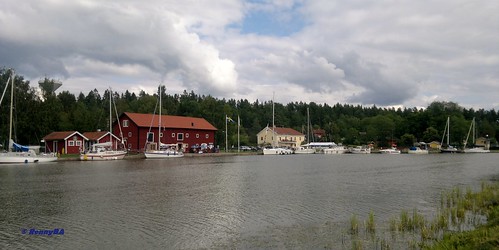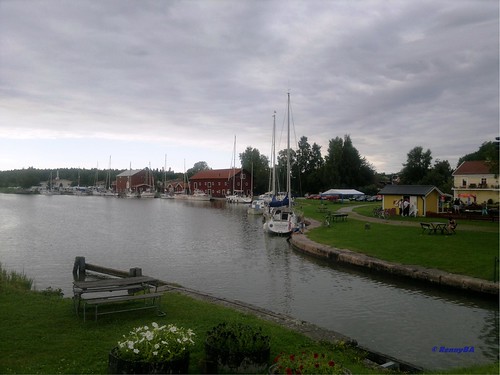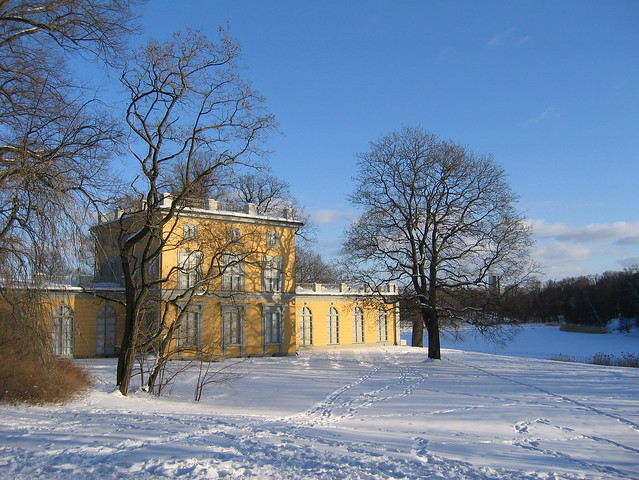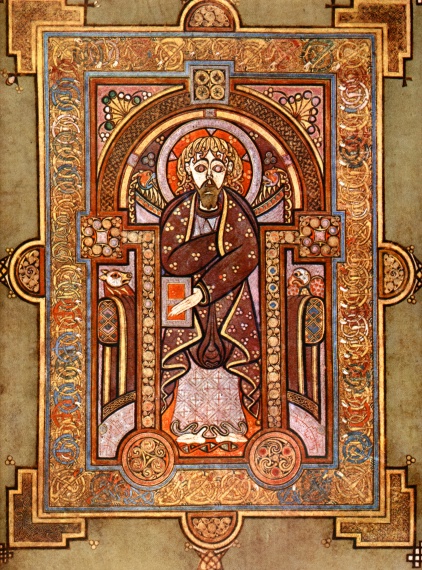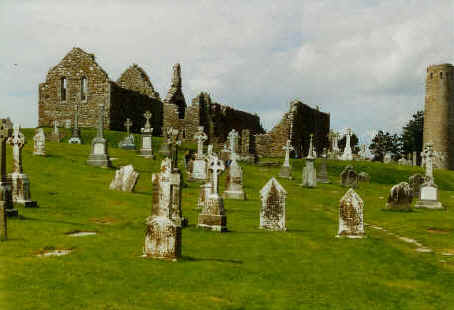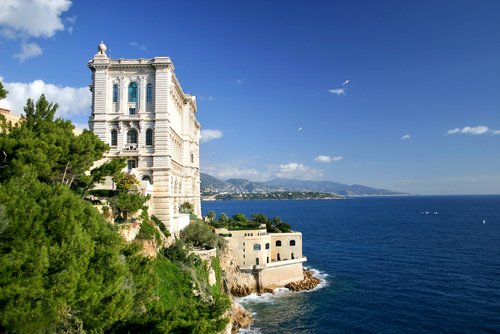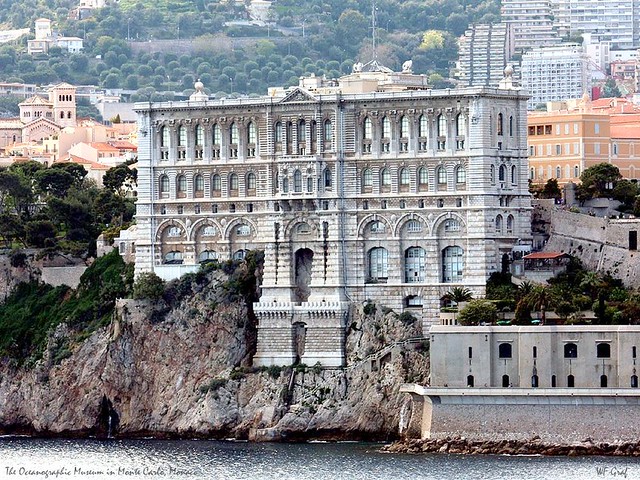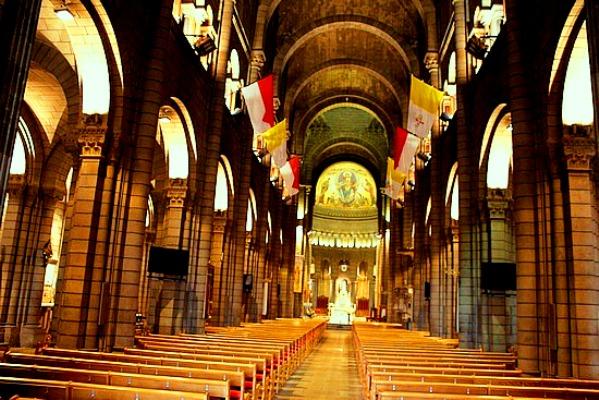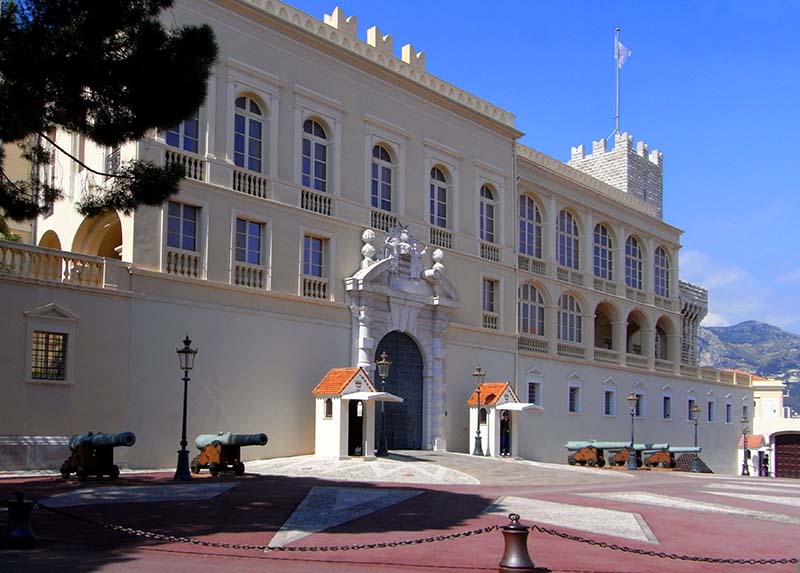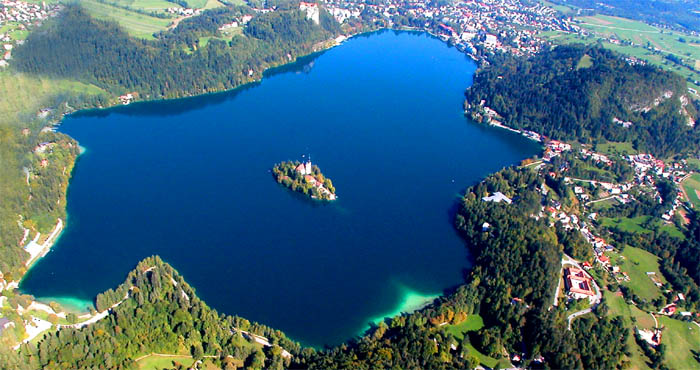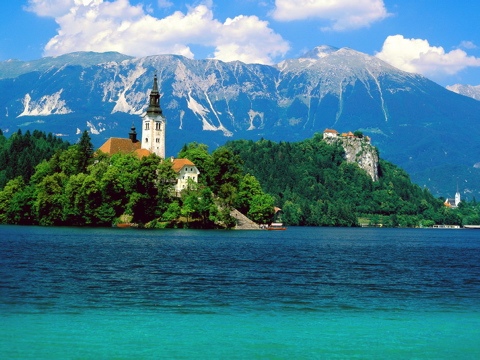
For a healthy dose of Viking culture and a good smattering of art and history museums, go to Oslo, Norway. For Oslo, a small capital by most measures, with a mere 500,000 people, has a surprisingly large collection of good museums - most of them easily accessible from the city center and, with the Oslo Pass in hand, inexpensive to boot - as well as a wealth of Scandinavian architecture, both historic and modern.
For first-time visitors to Oslo, however, since it is easy to be overwhelmed by the city's offerings, here are Oslo's 'Top 10' tourist draws.
1. Oslo's Opera House
Oslo's new Opera House, inaugurated in April 2008, is absolutely, positively, a 'must-see'. It is Oslo's bold, New Millennium statement to the world, aptly made with granite and 36,000 slabs of white marble. Partly submerged in the sea, the $700-million architectural masterpiece rises from the fjord like a massive sheet of ice, with its angular slabs, like giant ski slopes, surprising at every level. The opera house is home to both the Norwegian National Opera and the Norwegian Ballet.
2. Holmenkollen
Holmenkollen is one of the world's most famous ski jump arenas and easily Oslo's foremost attraction. The arena was originally built at the end of the 19th century, and renovated extensively in 1952 for the Winter Olympic Games. Holmenkollen is situated 357 meters (1,000 feet) above sea level, and the ski jump tower, which is one of the principal attractions here, is another 60 meters (180 feet) higher, with spectacular all-around views from the top. There is also a ski museum here, the oldest in the world, devoted to the history of skiing which goes back some 4,000 years! Holmokollen is in the Marka region of Oslo, and open to the public year-round.
3. Vigeland Sculpture Park
Located within the larger Frogner Park in the western section of Oslo, Vigeland Park is noted for its wealth of granite and bronze sculptures by Gustav Vigeland, one of Norway's most famous sculptors, for whom the park is named. There are more than 200 Vigeland sculptures here, and there is also a museum with Vigeland's work located just across from the park, open to the public Tuesday to Sunday year-round. The park is open to the public 24 hours, all year.
4. Oseberg Viking Ship Museum
One of the most popular museums in the city, the Oseberg Viking Ship Museum houses three of the world's best-preserved Viking ships. The ships are more than 1,100 years old and were found nearly a century ago in Oseberg, which is near Oslo, in the county of Vestfold. The museum also has exhibits demonstrating fabric and weaving techniques from the Viking era, as well as an assortment of tools and weapons. The museum is open daily.
5. National Museum of Art
Oslo's National Museum of Art is home to the world's most recognized painting, Edvard Munch's Skrik, also known as The Scream. Besides this 1893 masterpiece, the museum houses extensive collections of both Norwegian and International art. The museum is located next to the Oslo University on Universtetsgaten, just a couple of blocks from Oslo's main thoroughfare, Karl Johan. Admission to the museum is free.
6. Munch Museum
Here is a museum entirely devoted to Norway's most famous artist, Edvard Munch, one of the pioneers of Expressionism and painter of the renowned Skrik (The Scream). The museum has two versions of The Scream, one each in pastels and oil, the latter dating from 1910. The museum, which is probably a 10-minute walk from Karl Johan, has literally hundreds of Munch's paintings, donated by the artist to the city. The Munch Museum is open daily, except on Mondays.
7. Akershus Fortress
The Akershus Fortress, or Akershus Castle, situated in the southeastern part of the city center, is an integral part of Oslo's history. It was originally built as a royal residence in the 14th century by King Hakon V, when Oslo first became the capital of Norway, and rebuilt in the Renaissance style in the early 17th century by King Christian IV, following a fire that consumed the entire city. Today, you can tour both parts of Akershus: Akershus Slottet, which is the castle itself, and Akershus Festning, the area surrounding the castle. Akershus Festning is open all year between 6am and 9pm, while Akershus Slottet, the castle, is open to the public only during summer, unless you take a guided tour, which is available on Thursdays, even during off-peak season.
8. Oslo City Hall
Oslo's City Hall has a claim to fame. This is where the Nobel Peace Prize is awarded every year on December 10, the only Nobel Prize to be presented outside Nobel's home country of Sweden. This is also the seat of Oslo's city council. The city hall building itself, which was inaugurated in 1950, is not terribly inspiring from the exterior, but has an impressive interior and a stunning view of the harbor. The city hall is located on Fridtjof Nansens Plass and is open on weekdays during business hours.
9. Oslo Parliament
Oslo's Parliament Building, Stortinget, is also worth seeing, especially if you are visiting Oslo for the first time. Uniquely 19th-century neo-Romanesque, the building dates from 1866 and was designed by Swedish architect Emil Victor Langle. Stortinget is located in the center of Karl Johansgate, just past the intersection of Akersgate. Admission is free, with scheduled guided tours available year-round.
10. Royal Palace
Although not as well known as British royalty, Norway still has its kings and queens and this is where they reside. The Royal Palace, or 'slottet', was originally built in 1824 as the residence of the Norwegian-cum-Swedish king, Charles III, and extensively renovated and restored to its former glory in the 1990s, at a significant cost, by King Harald V, the current monarch. The palace, situated on a small rise at the end of Karl Johansgate, Oslo's principal artery, is open for public tours during the summer months, June-August.

Oslo Parliament

Oslo City Hall

Akershus Fortress

Munch Museum
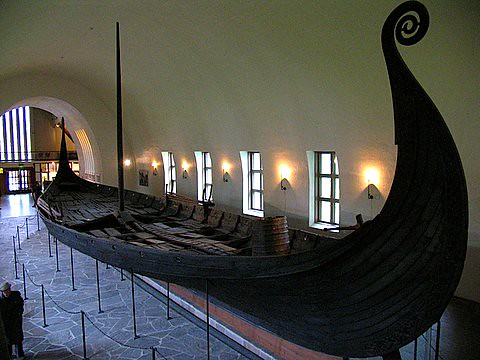
Oseberg Viking Ship Museum

Vigeland Sculpture Park

Holmenkollen
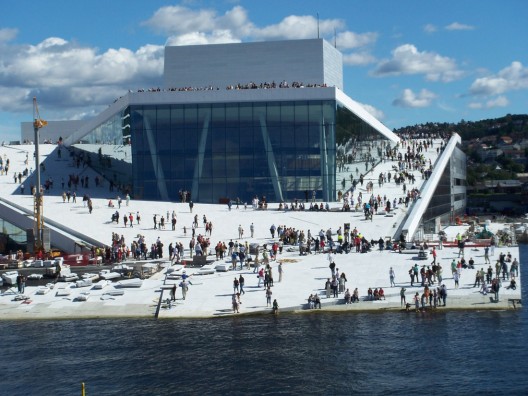
Oslo's Opera House







